PIXELS / RESOLUTION / SPATIAL FIDELITY
THE TRUTH
Steve Yedlin is the DP of Star Wars: The Last Jedi, Looper, Brick and numerous other films. His quest and passion for Spatial Fidelity is legendary. He just released an in-depth video analysis of six high-end filmmaking cameras.
His 67-minute video pulls back the curtain on the truths of resolution and image quality that all filmmakers have been struggling with in this constantly evolving technical world. His empirical testing shows that resolution (HD/2K/3K/4K/6K/8K/11k) is not the most important component of image capture and that Spatial Fidelity is by far the most important concept for delivering the ultimate image.
His term “Authoring the Image” encompasses many elements including: resolution, perceived sharpness, pixel count, lens choice, sharpening, compression, perceptual differences, grain, halation, optical aberration and order of operation.
You can watch both parts of his analysis here:
http://yedlin.net/ResDemo/
THE TAKE AWAYS
The cameras tested are: Arri Alexa XT, Sony F55, 35mm Film , RED Weapon, Arri Alexa 65, IMAX 15-Perf Film.
Here are the 3 Tenets that Steve Yedlin has set for all the comparisons:
The images moving forward are either native source footage zoomed in way past 100% or a 4K workspace with native footage of different resolutions placed within.
The native source footage of each camera was either upscaled or downscaled using resizing algorithms when needed. The results of even the first example are mind blowing. Using a 4K workspace, the 2K source upscaled actually looks sharper than the 6K source downscaled in this example.
THE MAIN COURSE
Here are all 6 camera’s footage viewed in their native resolutions but zoomed-in much further than 100% to see more detail. Keep in mind each screengrab is a 1920×1080 image and additional compression is being introduced. Hopefully a 4K DCP presentation of Steve’s findings will be available in the future.
As a film editor it’s my responsibility to handle all formats, codecs and flavors of footage in my daily grind of crafting story. I created the post production workflows for DEADPOOL and GONE GIRL and it’s my job to be current on all new formats that will enter my edit bay. In my opinion, Steve Yedlin just blew the roof off the post production world and has explicitly shown that chasing K’s are not the solution. To achieve Spatial Fideltiy you must have resolution but also a strong dynamic range and clean capture sensor so that you can affect it downstream with full control.
THE MAGIC OF FILM GRAIN
The last take away that can be applied to any production regardless of budget that can impart cinematic imagery is film grain.
No matter what your capture format and codec is…adding film grain from either a film scanned source or custom algorithm (such as Steve has created) can actually add perceived sharpness to the final delivery format. Technically…adding grain to an image is a degradation but it does give the viewer a perceived perception of extra clarity.
Here’s a 27-page PDF on Film Grain. Pure scientific deep dive:
2007-04-vitale-filmgrain_resolution
The behind the scenes options of post production are extensive and both creative and technical. Thank you to Steve Yedlin for sharing his research, deep digging and openness to share the fruits of his labor. Personally, I am so grateful as he has dispelled so many myths in one fell swoop.
All images created and credited to Steve Yedlin and can be found HERE
Until next time…

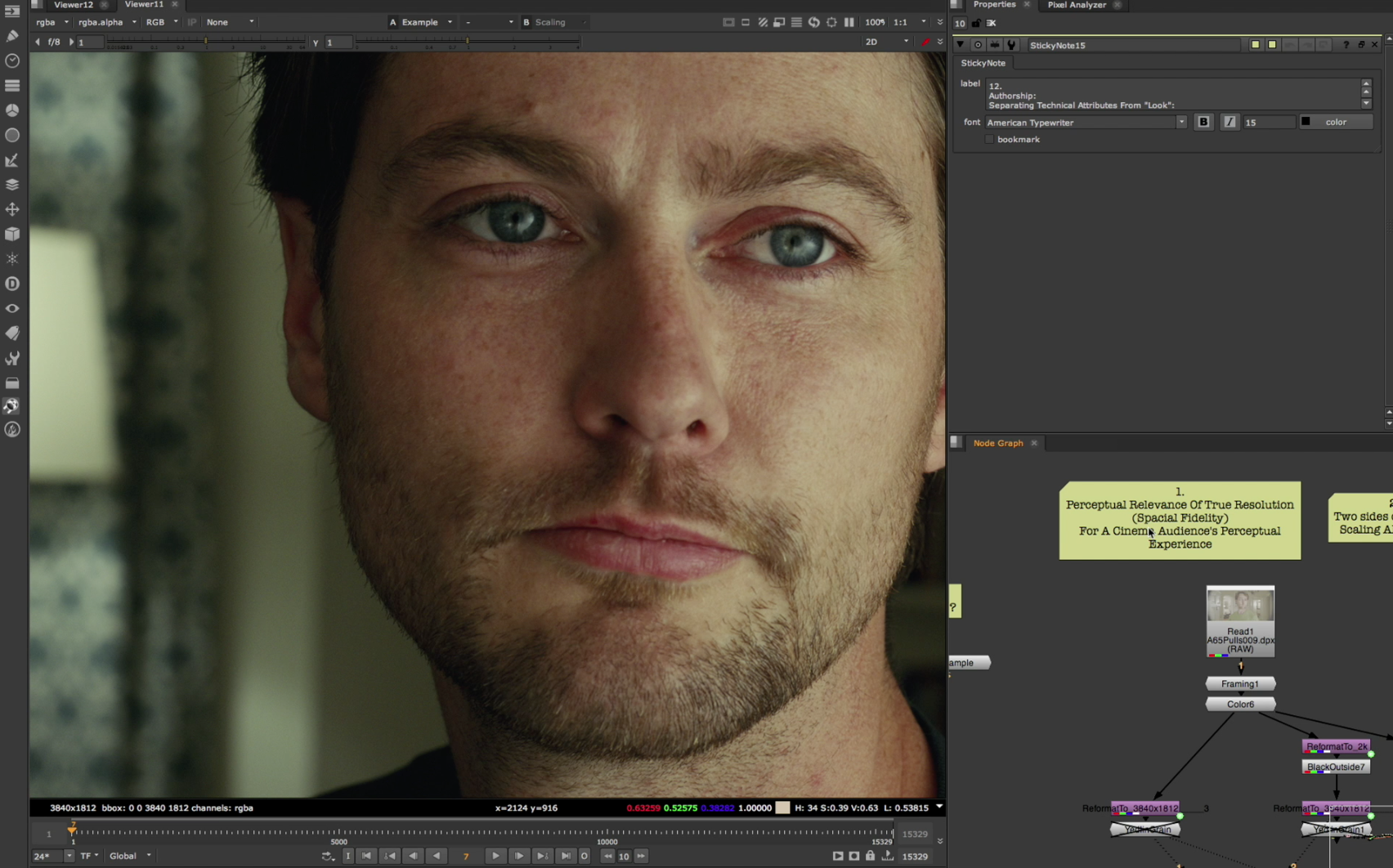
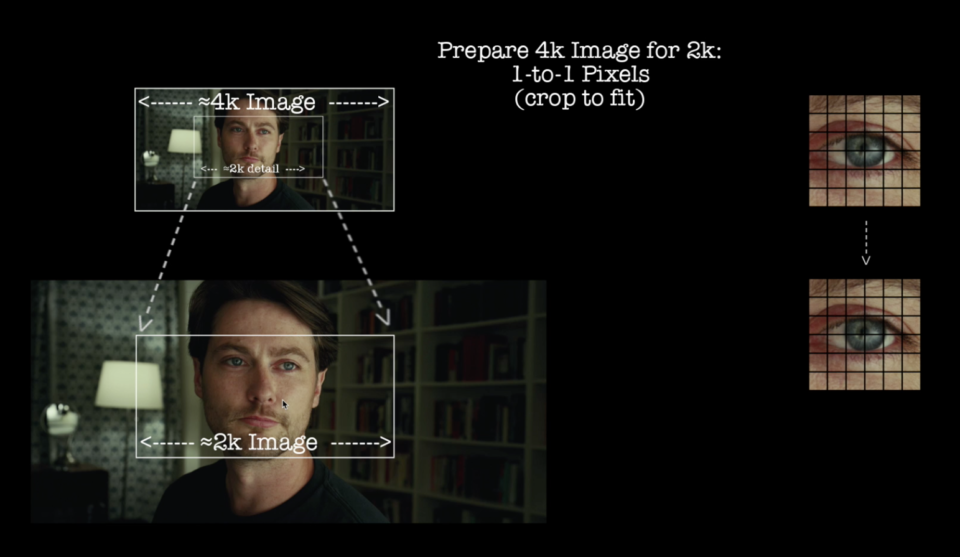
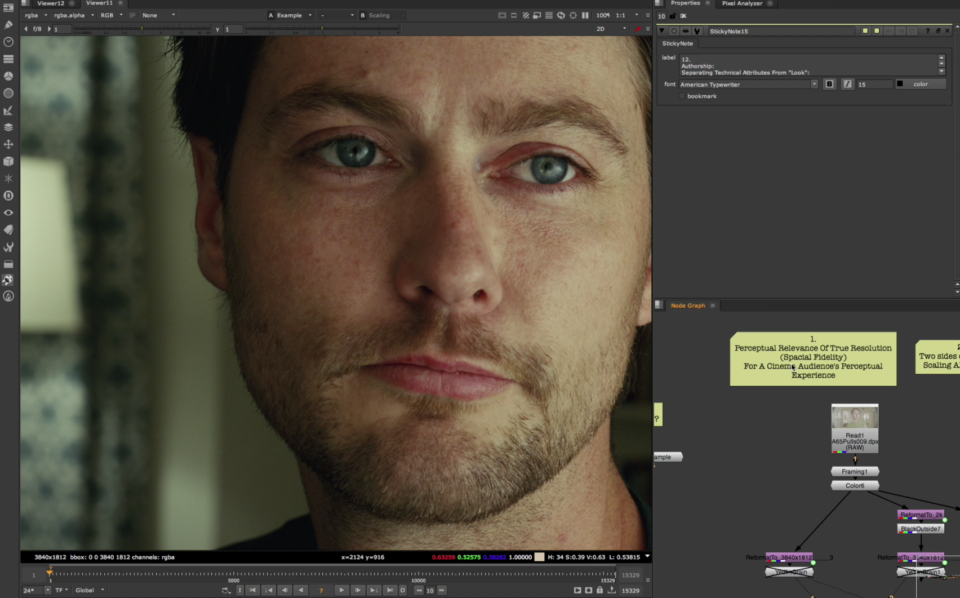
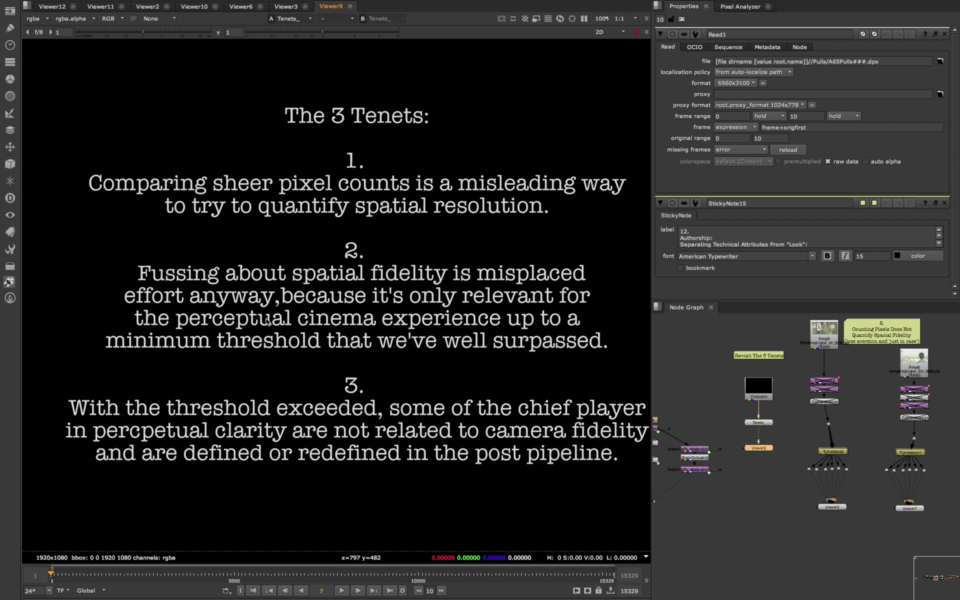
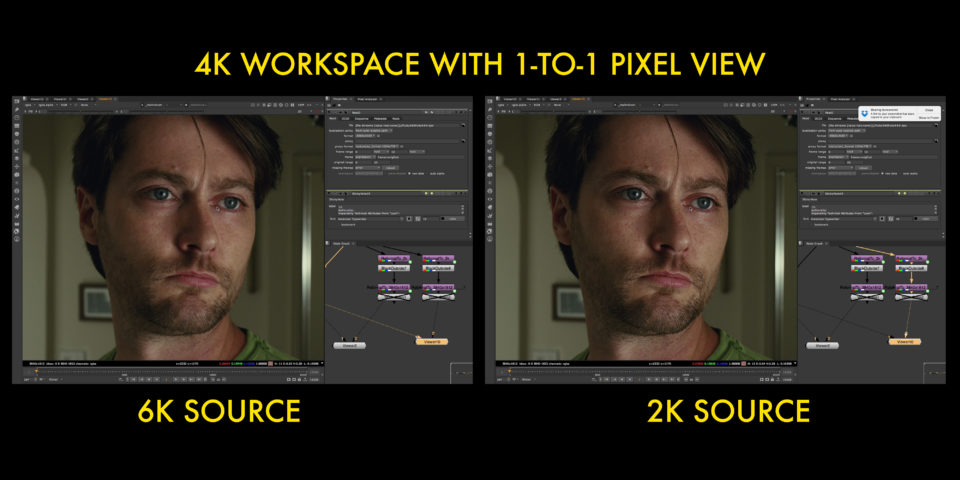
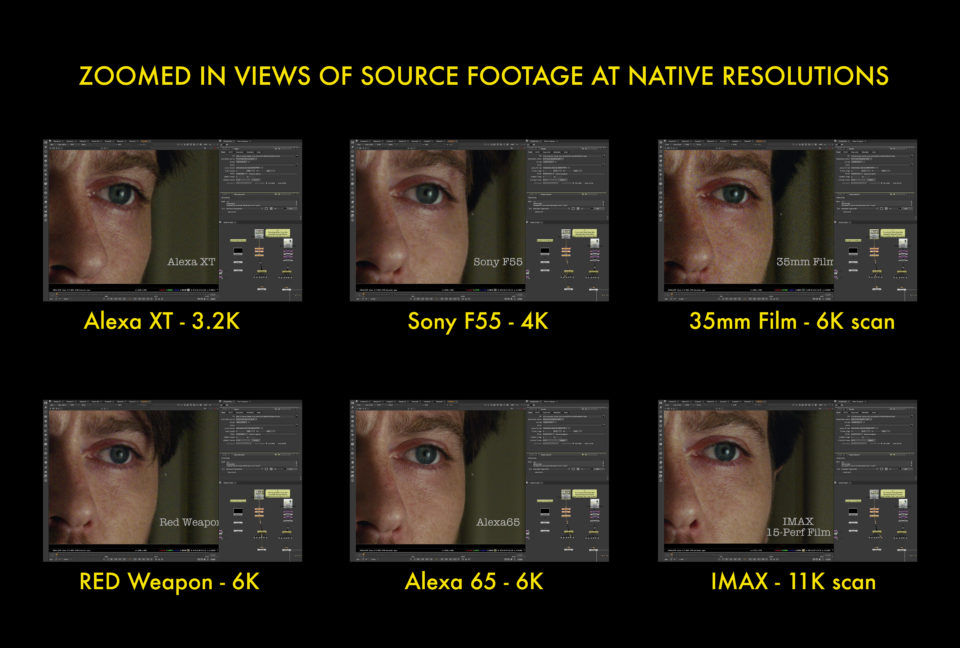
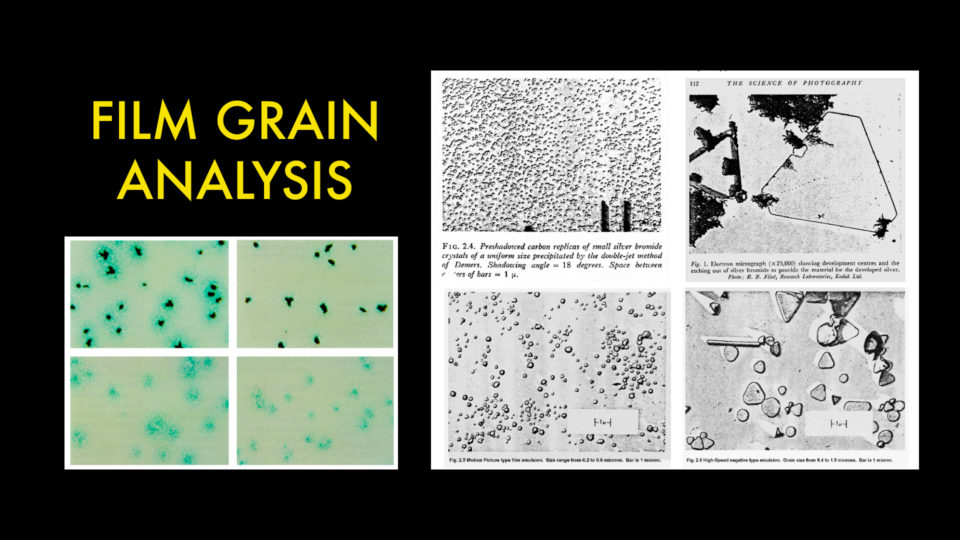
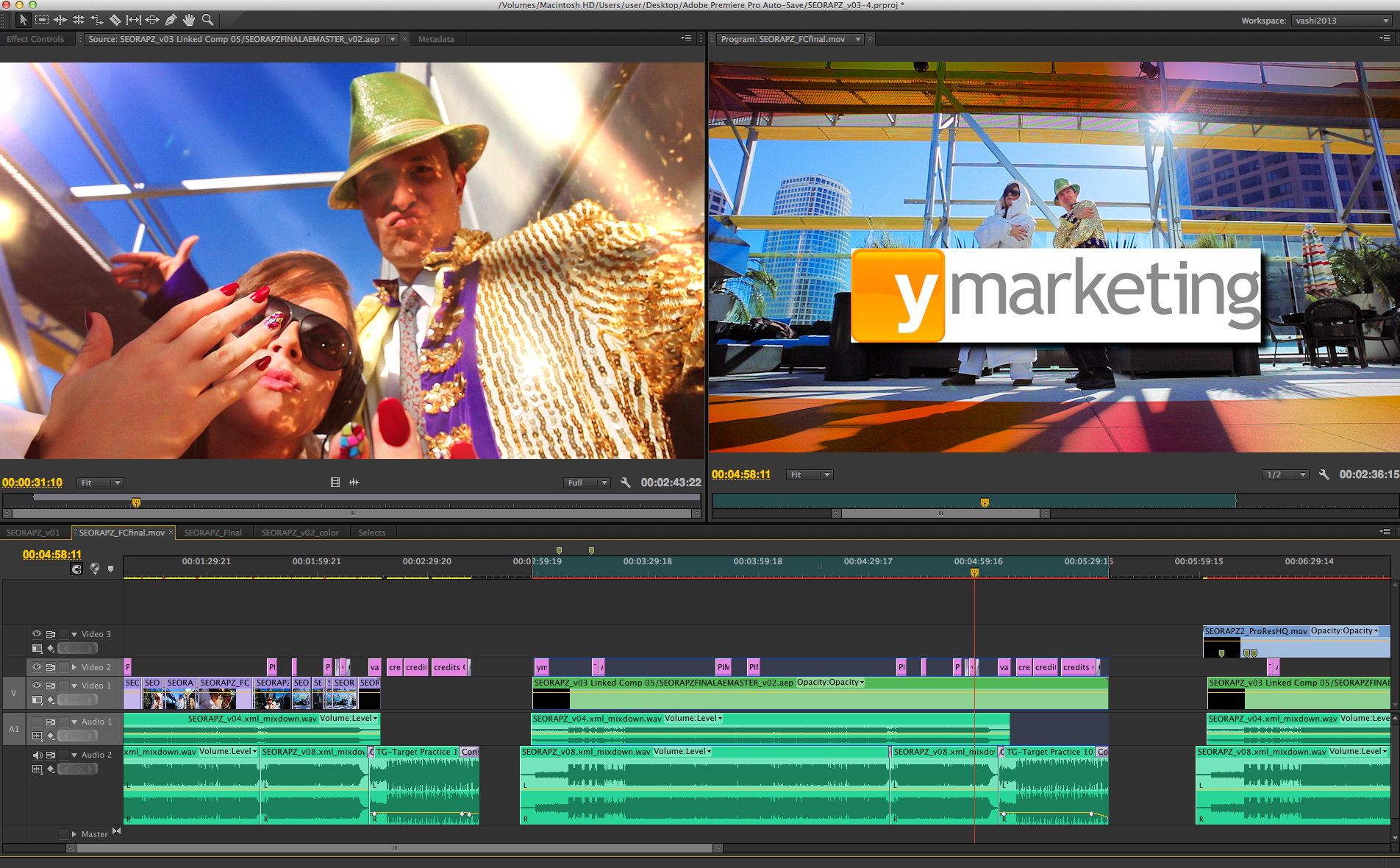
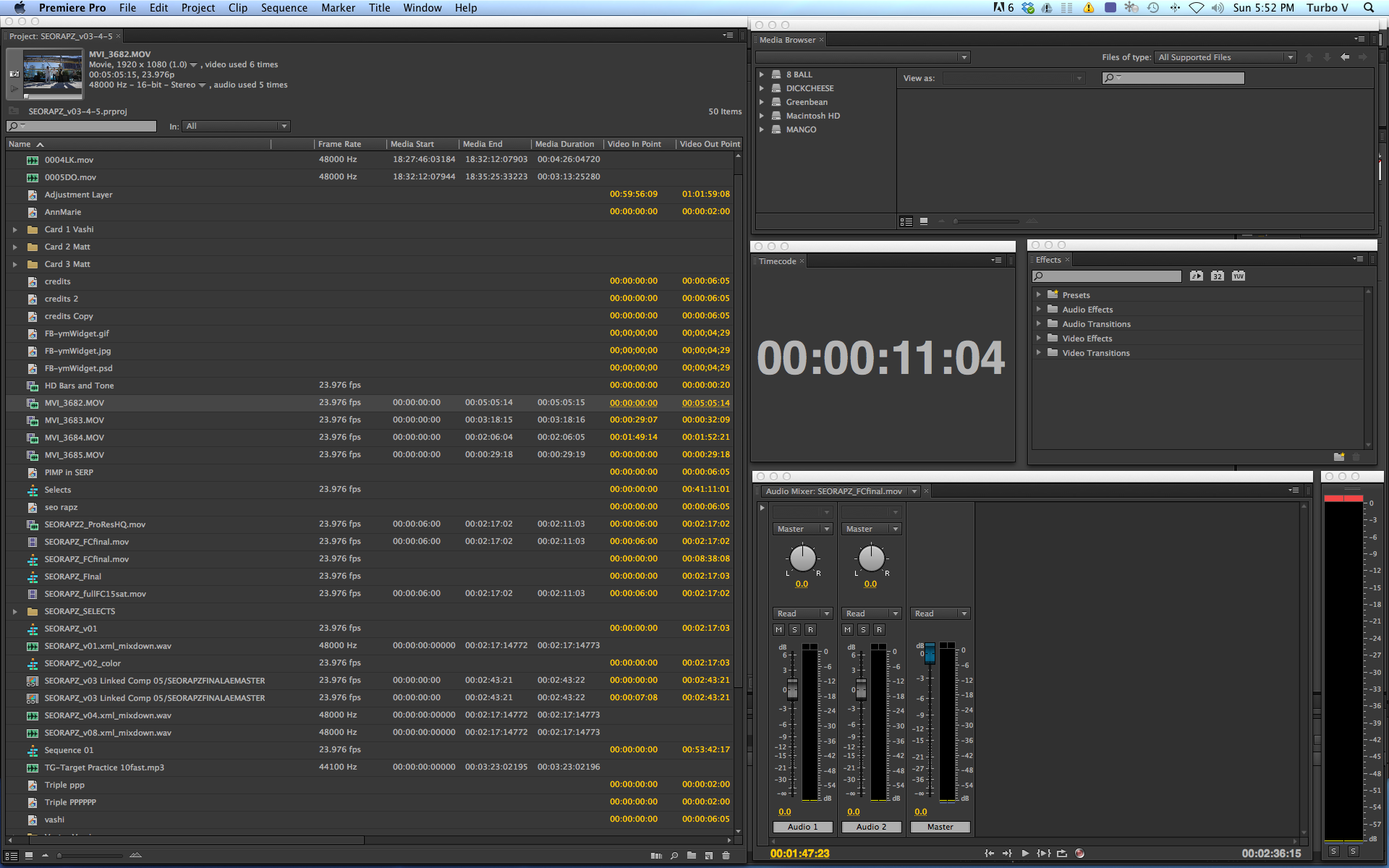
There are 3 comments
Thanks for the info… this is very helpful! I may traduce this to spanish. really thanks
I was just about to Screenshot the video for easy comparison, but then you saved me the work. Thanks, anyhow Great overview and reflection over the video.
Thanks for sharing..